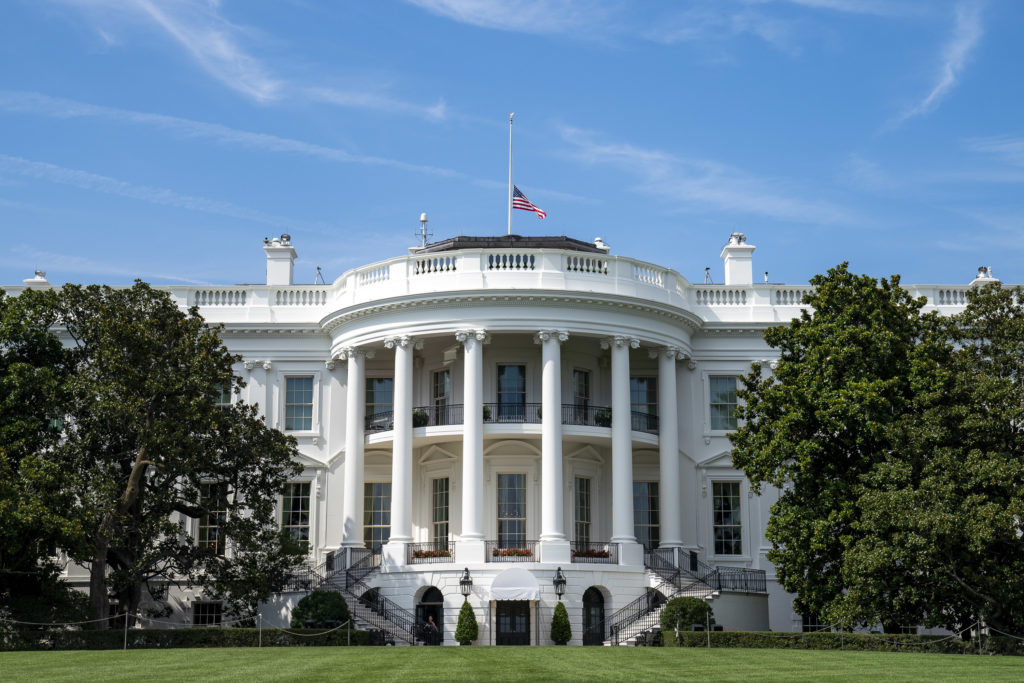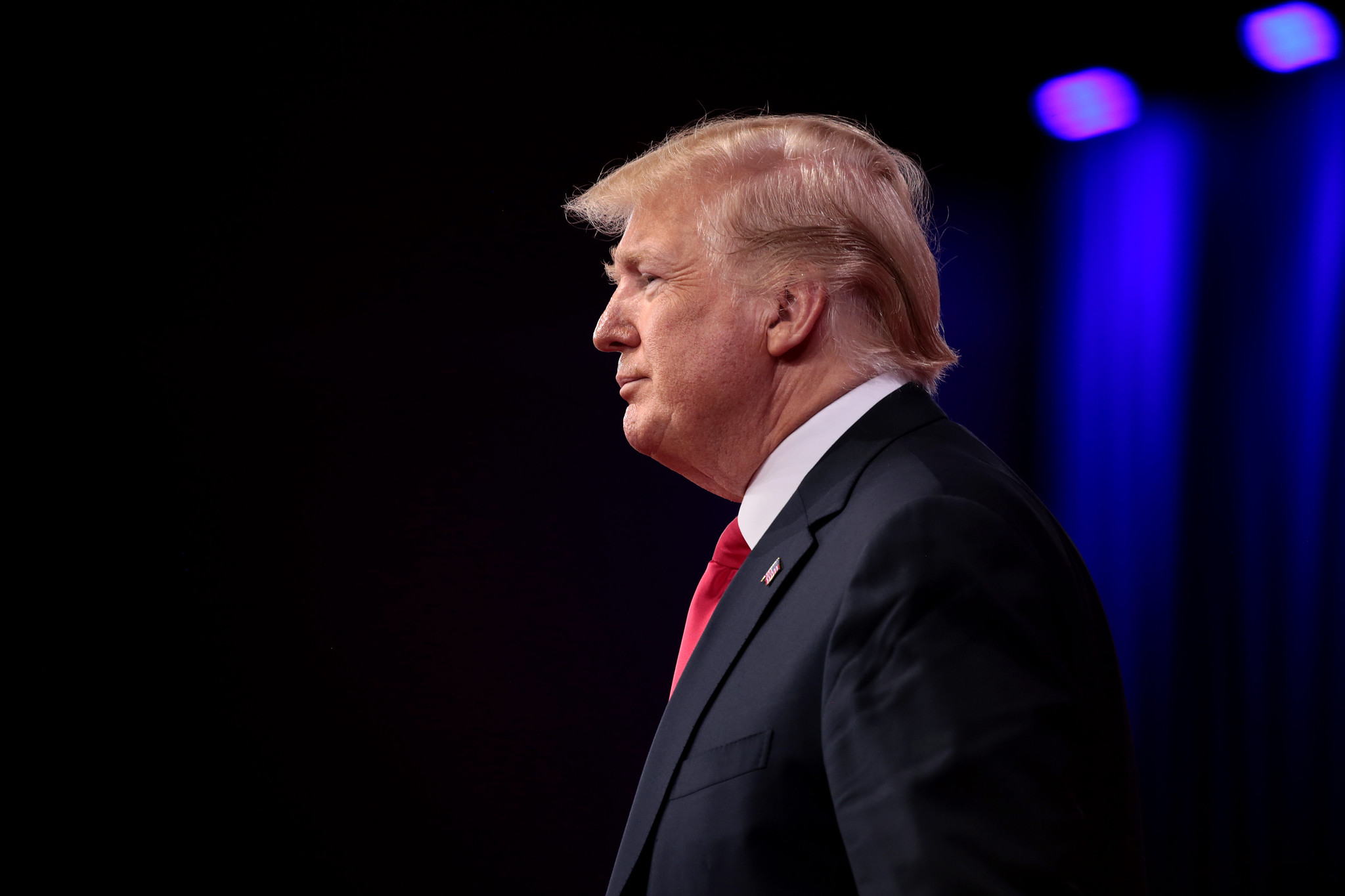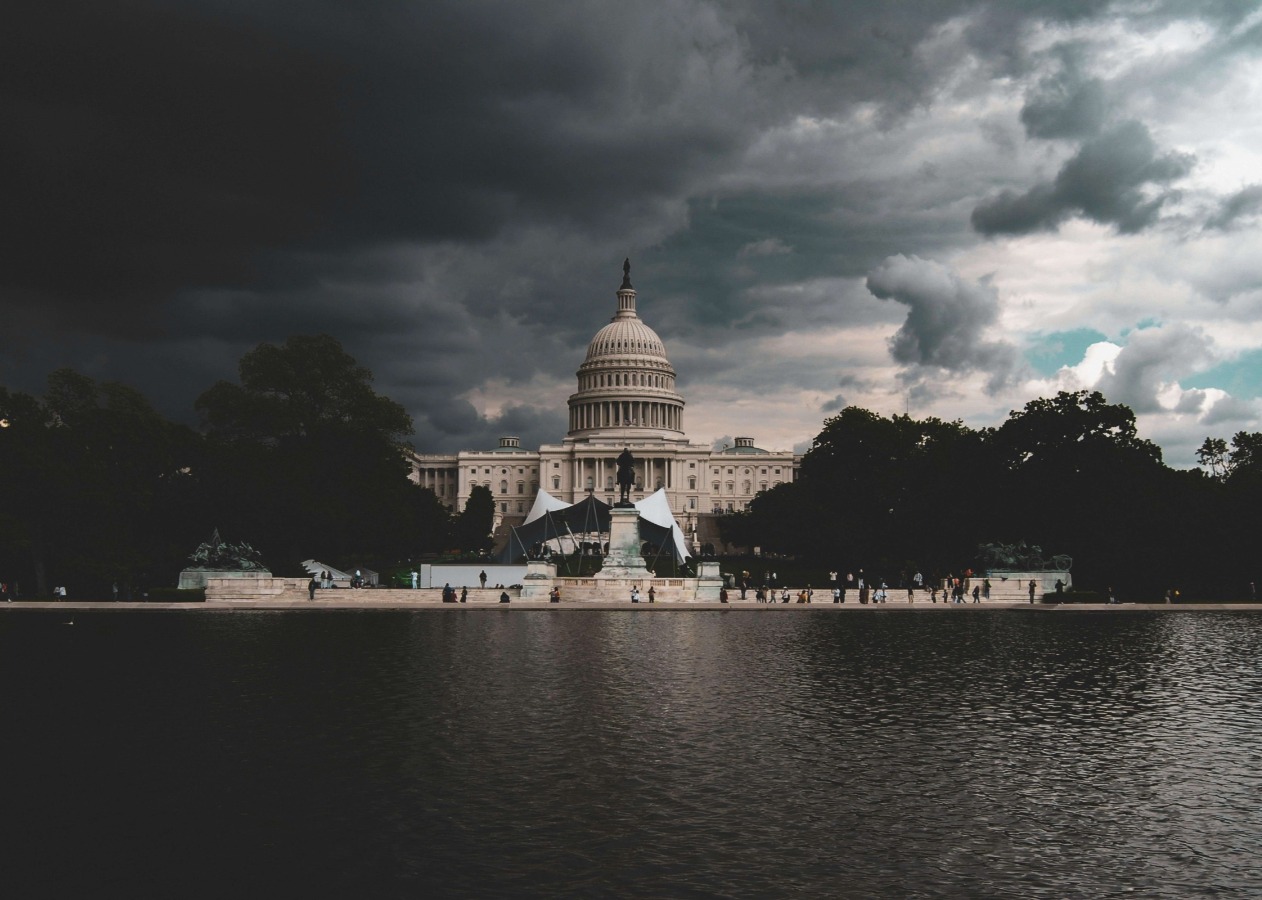Are the Courts Up to the Situation?
The institutional challenges to pushback from the judiciary.

Published by The Lawfare Institute
in Cooperation With

The Situation on Friday retreated to poetry.
Today, I want to pose a hard-nosed question: Are the federal courts institutionally up to the job of checking President Trump’s current wave of lawlessness?
The question has been lurking out there for the past three weeks as the new administration has taken step after step that seems flatly at odds with clear laws. The onus of addressing the wave of illegality falls to the courts because Congress—the other coordinate branch of government that could put a stop to things—has shown no interest whatsoever in doing so. While the executive branch has sought to dismantle federal agencies, fire people with statutory protections, and impound or otherwise interfere with funds appropriated by the legislature, the Senate has busied itself confirming the administration’s patently unqualified nominees to run agencies. Congress is useless—at least for now.
The courts, on the other hand, have been busy. Just look at the page Lawfare has set up to document Trump’s executive actions, and the many rows we continue to add to the table tracking the barrage of litigation that followed those executive actions. And so far anyway, the courts have responded sympathetically to plaintiffs trying to stop administration overreach. Preliminary injunctions or temporary restraining orders have stopped the administration’s plans on birthright citizenship, put roadblocks in the way of DOGE’s access to data, limited the government’s authority to dish dirt on FBI agents, and blocked OMB from freezing federal grant spending.
But this raises the question: How effective can judges be in this task? Courts, after all, don’t have armies. As James Madison once wrote, “The Executive not only dispenses the honors, but holds the sword of the community.” By contrast, “The judiciary ... has no influence over either the sword or the purse ... and can take no active resolution whatever. It may truly be said to have neither FORCE nor WILL, but merely judgment; and must ultimately depend upon the aid of the executive arm even for the efficacy of its judgments.”
That’s not particularly comforting if the courts’ judgments principally purport to restrain that executive arm.
The question has, in the current context, at least four distinct components, though commentators tend to blur them together to one degree or another.
The first constituent element is what one might call the blitzkrieg dimension. This is not a situation in which Trump is, say, assaulting one law or policy. The administration came in with an everything, everywhere, all-at-once approach, creating a remarkable mass of litigation all at the same time. The problem here is not so much litigation volume; the courts have handled larger pigs in their collective python, and they are adept at managing large caseloads presenting thorny issues. The difficulty of the blitzkrieg aspect of the onslaught is that nobody—not the litigants, not the government, not the judges—sees or understands the whole picture here. And in many instances, even the parameters of a given case are murky. Is what DOGE is doing illegal? To answer that question, you have to know what precisely DOGE is doing, and even the lawyers who are defending what DOGE is doing don’t really have their hands around that question. The administration is moving so quickly, and the courts have to respond at speed—and that means responding with incomplete information not fully understood. Scale that problem over a lot of cases, and you can make a lot of mistakes.
All that said, I’m pretty confident that the courts are institutionally up to managing the caseload, even under difficult circumstances. Courts are pretty good at what they do, and they have a good error-correction mechanism—appeals—and they also have a way of bringing organization to complex masses of cases that seem bottomless at first. Six months from now, I predict, the picture won’t look nearly so chaotic as it does now; the courts will have done a fairly clean scrub to identify the real legal issues they need to resolve.
I am less confident on the second key question, which is the matter of remedies. As Trump is showing, breaking a federal agency is easy, and it can be done rather quickly—even when that agency is created by act of Congress. Impounding funds is easy, and you can do it quickly too. Ditto firing a whole lot of civil servants and people with statutory protections against removal. Litigating the legality of such actions, however, takes months, sometimes years.
Let’s imagine at the end of that process, the president’s actions are found legally wanting, as I have little doubt they will be in many cases. USAID is still wrecked. The unlawfully fired people will have long since gotten new jobs. The organizations that depend on the impounded funds will be long-since out of business. I don’t want to overstate this point; courts can be quite creative in crafting remedies. But I’ve never seen a court order cause a federal agency to be rebuilt or force the executive branch to rebuild capacity to which it has taken a wrecking ball. And even when the government tries to comply, turning capacity back on is much harder than turning it off.
The third key question is whether the courts want to play the pushback role. The highest echelon of the federal courts these days is quite conservative, after all, and there are issues—particularly those related to executive appointments and firings—on which a majority of justices may well believe Trump to be acting within his power. It’s possible that ideological sympathy for presidential power may go further than that, as it did in the presidential immunity case, in which case the courts could end up in something of an enabling role, not acting as the dike that holds back the flood but as the sluice that lets the water run in.
There’s another concern that might make the courts reluctant to serve as the ultimate bulwark: The justices might wimp out even if they are not ideologically sympathetic with Trump’s actions. Faced with an administration that might choose to violate a court order that restrains it, the courts might decline to have their prestige damaged by issuing an order that won’t be followed.
This brings me to the fourth institutional concern that makes the courts an imperfect bulwark to restrain Trumpian predations against the law: They don’t have obvious power to enforce their own edicts against the executive branch. That is, Madison was right that they “can take no active resolution whatever” on their own. The administration and its allies have stoked fears about defiance of court orders, most recently with a series of tweets over the weekend.
I am less worried on this score, at least for now, than a lot of people are. Courts have a lot of tools at their disposal to coerce compliance and a lot of power over the lawyers who practice before them. They can sanction lawyers and parties, and they can hold people in contempt. They can refer lawyers who misbehave to their bars for discipline. Moreover, defiance of a court order would presumably set the president not merely against liberal district judges but against the Supreme Court conservatives too. And that might actually stir congressional anxiety.
All that said, this is the nuclear question that lurks at the end of the judicial battle. And as long as Congress is not willing to back up the judiciary’s powers with its own powers of impeachment and appropriations, the judiciary here is plainly vulnerable in a direct confrontation with the president.
My bottom line is that the judiciary is a highly imperfect instrument for this battle. It is slow, where the situation requires speed. It will have a very hard time undoing the damage that Trump is effecting. And it is not entirely clear that Trump will comply with its rulings at the end of the day.
But it is the only mechanism available right now to address an ongoing spree of lawlessness that cannot go unanswered. The courts will have done their job if they slow down the onslaught, stop what is plainly unlawful, make the government justify the rest, and give the body politic time to regroup.
The Situation continues tomorrow.





